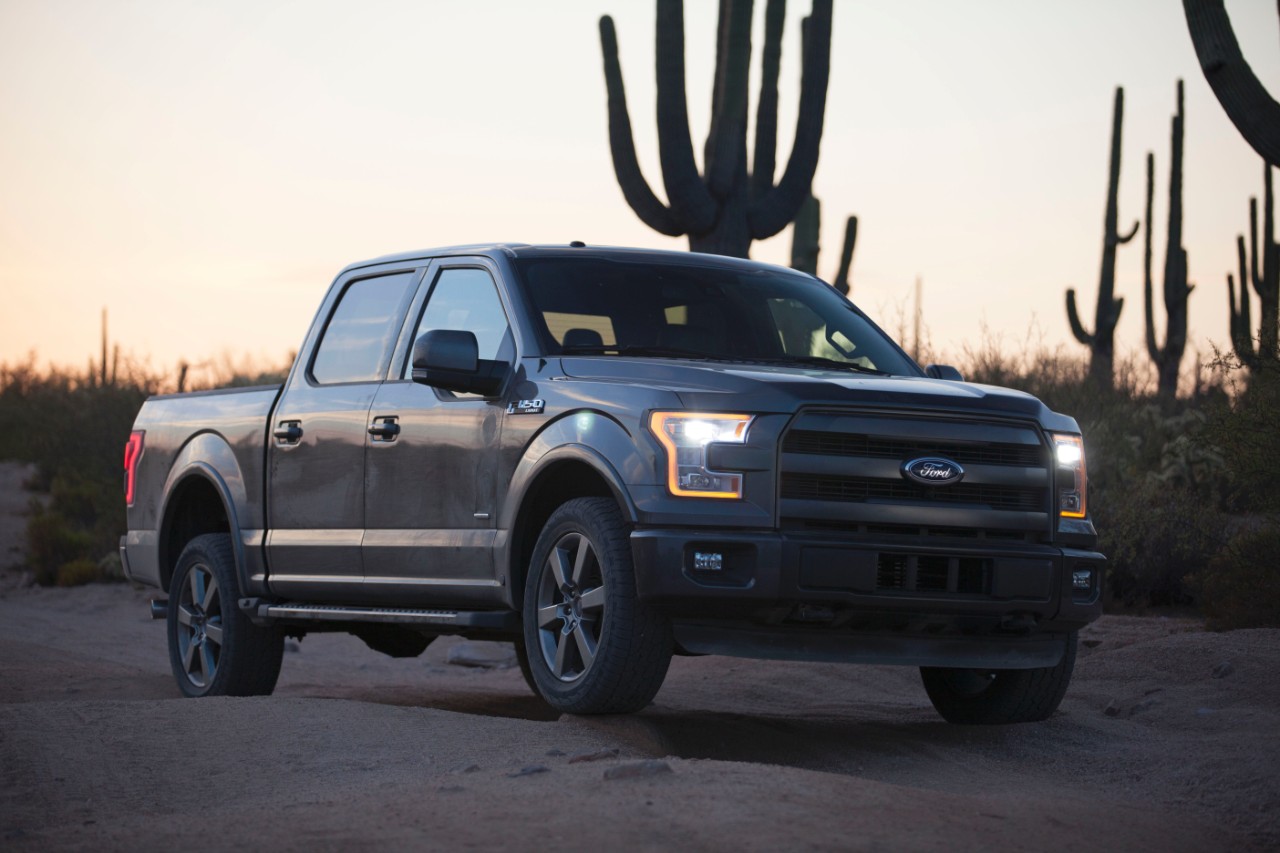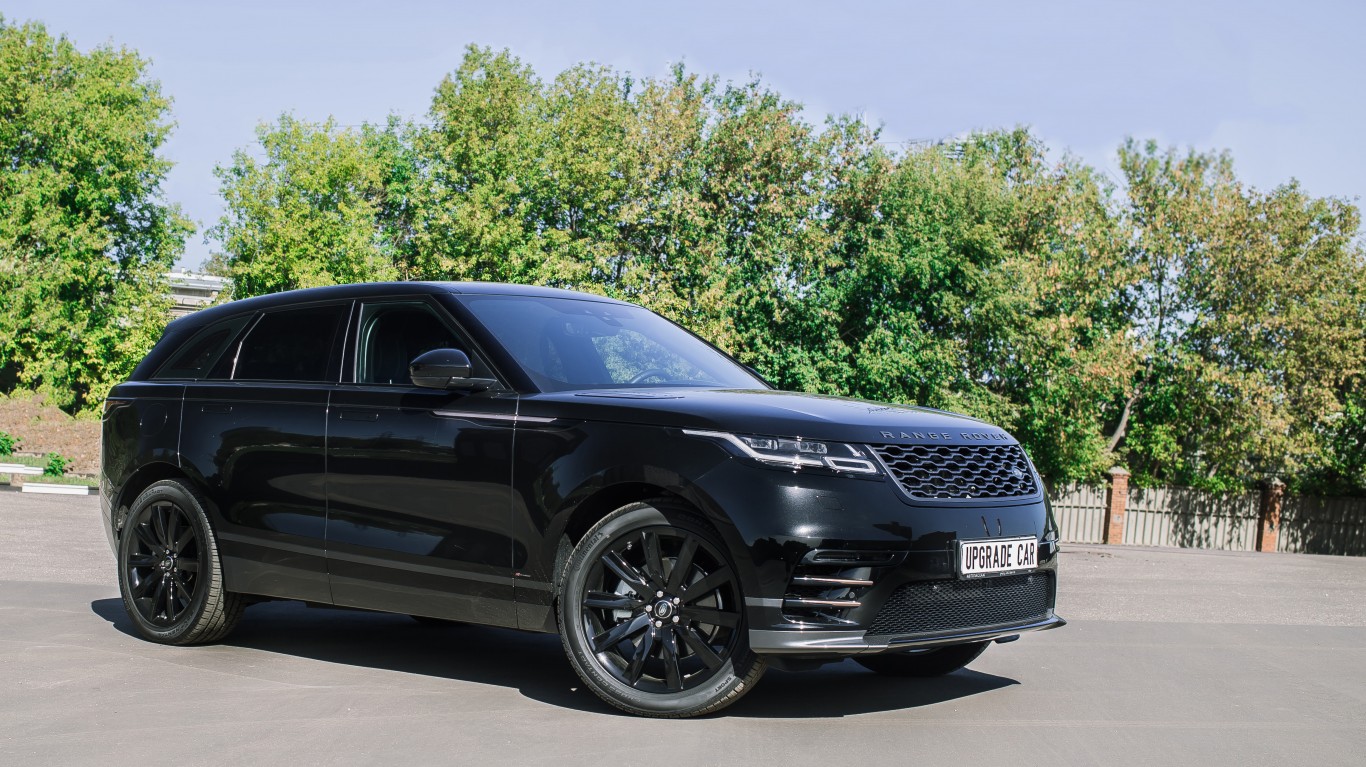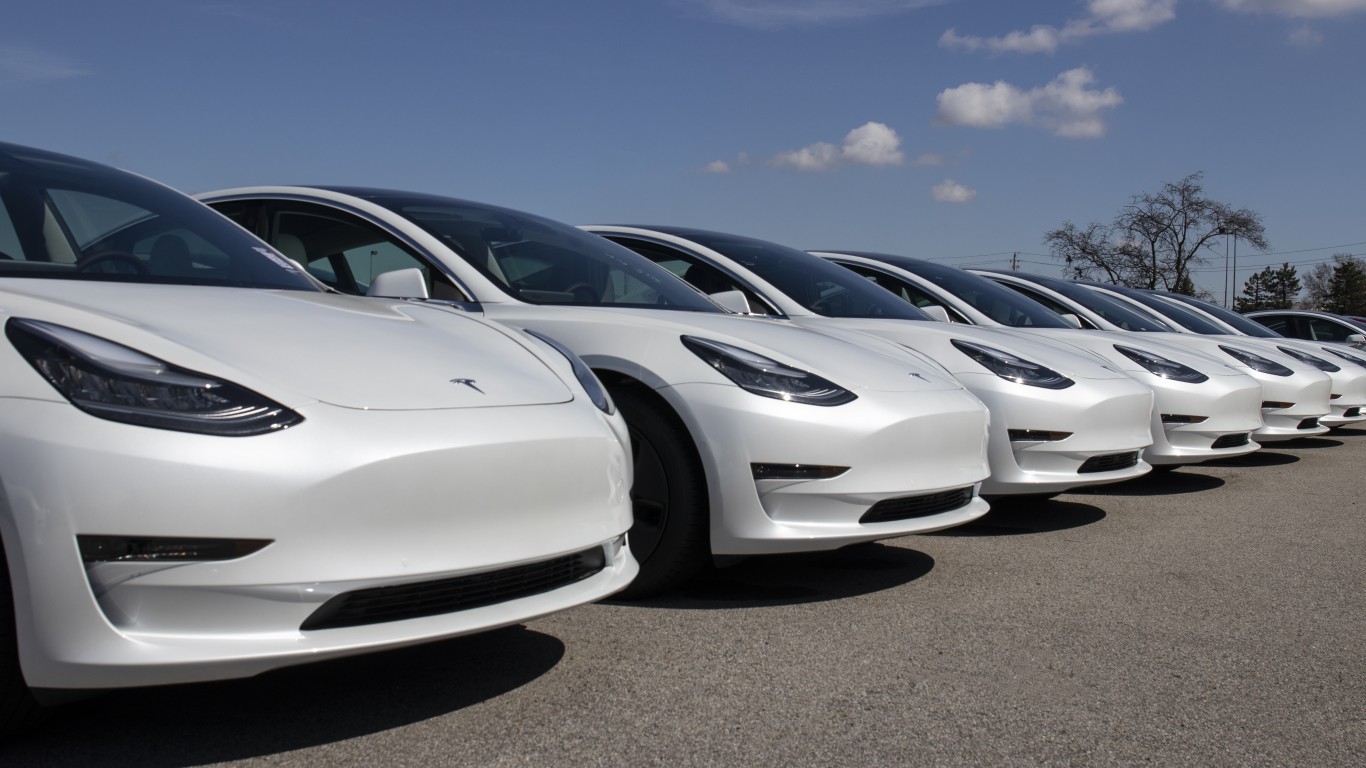
In addition to 24/7 Wall St. coverage, a number of other outlets have covered the mixed results about how safe ‘safe’ is. Three of these from recognized outlets are as follows:
- (Fox News) Ford F-150 Gets Mixed Crash Test Results
- (Automotive News) New Test Shows Disparities in Ford F-150 Crash Protection
- (CNBC) Ford’s Aluminum F-Series Gets Mixed Reviews
Following our story 24/7 Wall St. received an email from a Ford spokesman offering some items we should consider. Among them were as follows:
The F-150 program was well under way when the IIHS small overlap test mode was introduced. We addressed the IIHS small overlap front crash in the 2015 F-150 SuperCrew – which accounts for 83 percent of 2015 F-150 retail sales – and are adding countermeasures in the SuperCab and Regular Cab in the 2016 model year.
We wanted some clarification on a couple of points. The IIHS added its small overlap front test in 2012. The test simulates a left-front collision with a stationary object like a tree or telephone pole. If Ford could install the equipment to enable the F-150 SuperCrew to pass this particular test, why couldn’t the company also incorporate the required changes to make the extended cab version safer? After all, 17% of F-150 sales are not SuperCrew models.
Here are IIHS’s comments on its test of the extended cab F-150:
Intruding structure seriously compromised the driver’s survival space, resulting in a poor structural rating. The toepan, parking brake and brake pedal were pushed back 10-13 inches toward the dummy, and the dashboard was jammed against its lower legs. Measures recorded on the dummy indicated there would be a moderate risk of injuries to the right thigh, lower left leg and left foot in a real-world crash of this severity.
We requested a response from Ford regarding the company’s decision to produce the extended and regular cab versions of the F-150 without changing the structural elements that could have enabled these versions to pass the small overlap front test. We received this reply:
The F-150 program was well under way when this test mode was introduced. We addressed the IIHS small overlap front crash in the 2015 F-150 SuperCrew – which accounts for 83 percent of 2015 F-150 retail sales – and are adding countermeasures in the SuperCab and Regular Cab in the 2016 model year.
We are evaluating which specific changes we will make to the SuperCab and the Regular Cab to improve performance in the IIHS small overlap front crash test. It is important that any changes do not compromise performance on other crash tests.
Ford chose to implement the safety changes on 83% of the F-150s it sells and to delay it for the others. 24/7 Wall St. asked a Ford spokesman who at Ford was responsible for that decision. The response over the phone was that the F-150 SuperCrew is the only pickup to ever be named a Top Safety Pick by IIHS.
Ford stock traded down 1.4% at $14.99 in mid-afternoon trading on Thursday in a 52-week range of $13.26 to $17.87. On a day of a less-than-robust report on U.S. GDP the impact on stock prices, including Ford’s, is fairly muted.
ALSO READ: The Most (and Least) Expensive States to Drive
Travel Cards Are Getting Too Good To Ignore (sponsored)
Credit card companies are pulling out all the stops, with the issuers are offering insane travel rewards and perks.
We’re talking huge sign-up bonuses, points on every purchase, and benefits like lounge access, travel credits, and free hotel nights. For travelers, these rewards can add up to thousands of dollars in flights, upgrades, and luxury experiences every year.
It’s like getting paid to travel — and it’s available to qualified borrowers who know where to look.
We’ve rounded up some of the best travel credit cards on the market. Click here to see the list. Don’t miss these offers — they won’t be this good forever.
Thank you for reading! Have some feedback for us?
Contact the 24/7 Wall St. editorial team.



